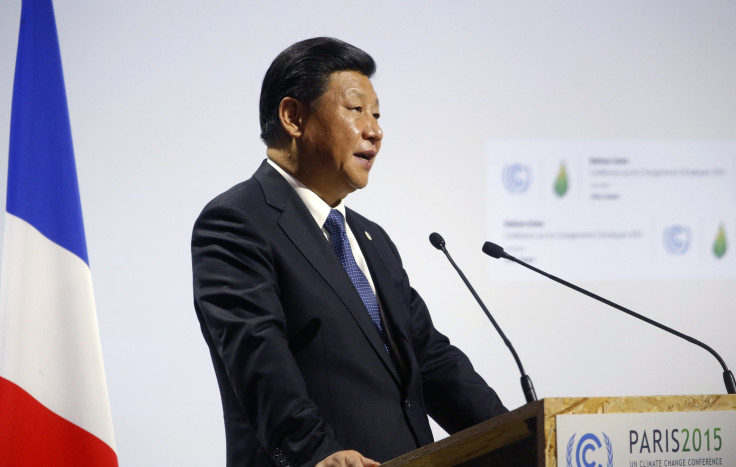China Carbon-Monitoring Satellites To Launch, Greenhouse Gas Emissions Will Be Targeted From Space To Fight Climate Change

China plans to launch two satellites into space next year to monitor its greenhouse gas emissions. The satellites are expected to launch in May 2016 and have taken four years of development, the Xinhua news agency reported Monday.
The plan comes as more than 150 world leaders are meeting this week in Paris to discuss how to reach a legal agreement about global climate change. Chinese President Xi Jinping and U.S. President Barack Obama have said they would work together to strike a deal pushing countries toward a low-carbon global economy.
As the world’s top carbon emitter, China has promised to increase its efforts to cut emissions and provide an example for countries that have made slow progress in fighting climate change. This year, China announced a cap-and-trade program that will help the country halt the growth of its emissions by 2030.
If China is successful in its satellite plan, it will have been the third country to use this technology to monitor greenhouse gases, Reuters reported. Japan in 2009 was the first country to use this method, and the United States launched carbon-monitoring satellites in 2014.
These satellites would help China expand its research into emissions, as the country currently can collect data only from land, while the probes can monitor oceans, according to Reuters. Many have said China’s current emissions data is inaccurate, so the collection of more detailed, accurate data could have implications for countries around the world.
China bases its emissions estimates on how much raw energy is consumed, using calculations from proxy data that include energy consumption, as well as industry, agriculture, land use changes and waste.
After the U.S. launched its carbon-monitoring satellite last summer, NASA unveiled a world map of carbon dioxide concentrations last December that used 600,000 data points and showed hotspots of carbon dioxide over Northern Australia, Southern Africa and Northeastern Brazil.
© Copyright IBTimes 2024. All rights reserved.






















